View all Standards for British Columbia (2018)
Compose, interpret, and expand ideas using symbolism, imagery, and elements
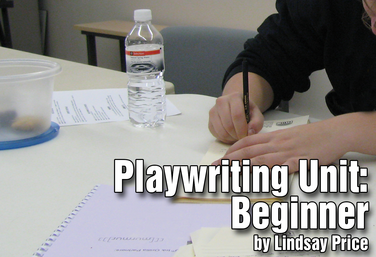
Playwriting Unit: Beginner
by Lindsay Price
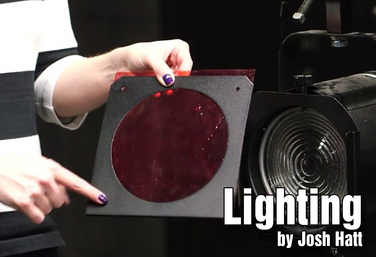
Part of the Technical Theatre Mini Units Curriculum
Lighting
by Josh Hatt
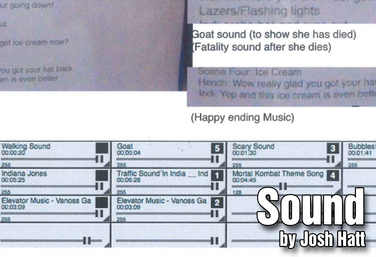
Part of the Technical Theatre Mini Units Curriculum
Sound
by Josh Hatt

Part of the Technical Theatre Mini Units Curriculum
Costuming
by Josh Hatt
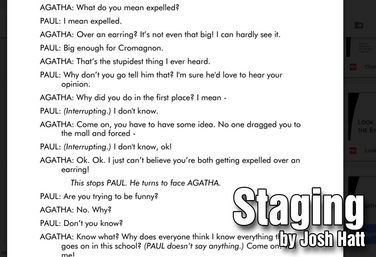
Part of the Technical Theatre Mini Units Curriculum
Staging
by Josh Hatt
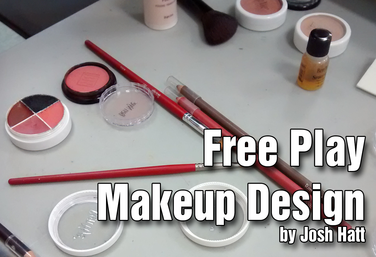
Part of the Technical Theatre Mini Units Curriculum
Free Play Makeup
by Josh Hatt
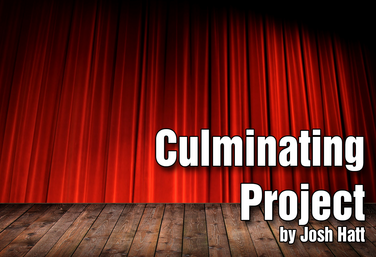
Part of the Technical Theatre Mini Units Curriculum
Culminating Project
by Josh Hatt
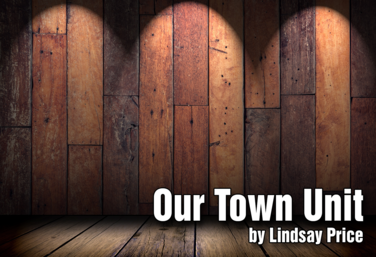
Our Town Unit
by Lindsay Price
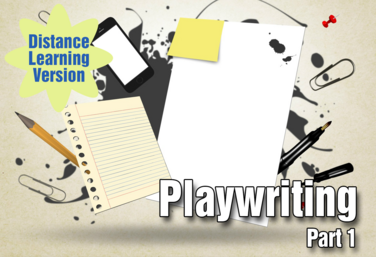
Part of the Distance Learning Curriculum
Playwriting: Part 1
by Lindsay Price
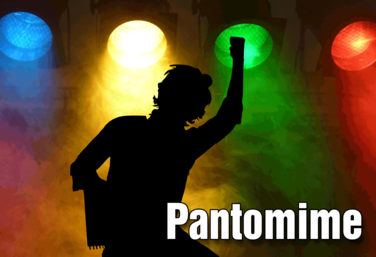
Pantomime
by Angel Borths
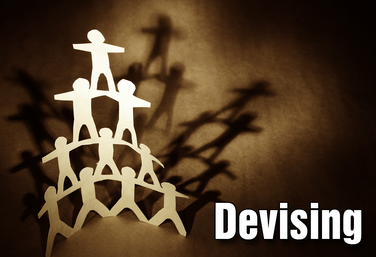
Part of the Drama Two Curriculum
Devising
by Corinna Rezzelle
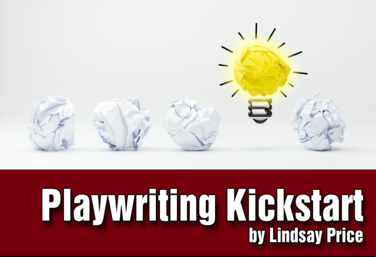
Playwriting Kickstart: Multi platform
by Lindsay Price
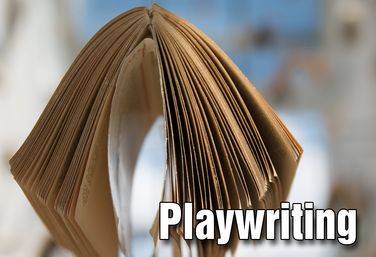
Part of the Drama One Curriculum
Playwriting
by Karen Loftus
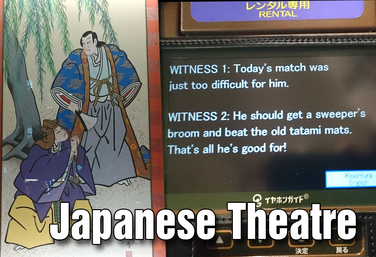
Part of the Drama One Curriculum
Japanese Theatre
by Karen Loftus
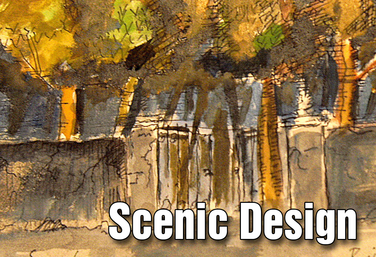
Part of the Drama One Curriculum
Scenic Design
by Karen Loftus
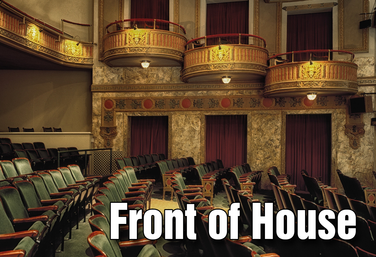
Part of the Drama One Curriculum
Front of House
by Karen Loftus
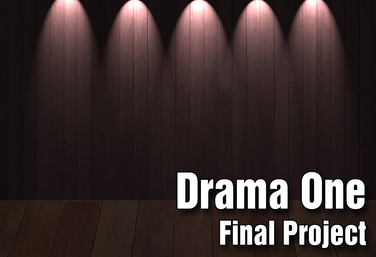
Part of the Drama One Curriculum
Drama One Final Project
by Karen Loftus
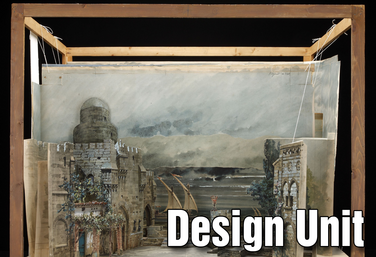
Part of the Drama Two Curriculum
Design
by Matt Webster

Part of the Stagecraft Without a Theatre Curriculum
Elements of Design
by Karen Loftus
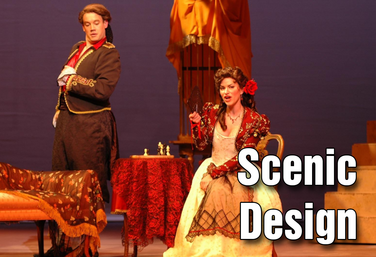
Part of the Stagecraft Without a Theatre Curriculum
Scenic Design
by Karen Loftus

Part of the Stagecraft Without a Theatre Curriculum
Sound
by Karen Loftus and Josh Hatt

Part of the Stagecraft Without a Theatre Curriculum
Costume Design
by Holly Beardsley, Karen Loftus, and Josh Hatt

Part of the Stagecraft Without a Theatre Curriculum
Make-Up Design
by Karen Loftus and Josh Hatt
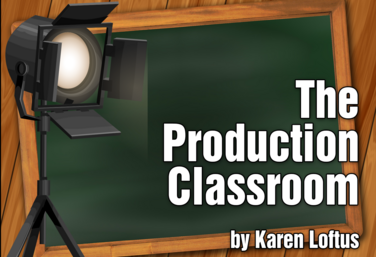
Part of the Production Classroom Units Curriculum
Part One - Pre-Production
by Karen Loftus

Part of the Production Classroom Units Curriculum
Part Two - Rehearsal and Performance
by Karen Loftus

Part of the Production Classroom Units Curriculum
Part Two - Documents
by Karen Loftus
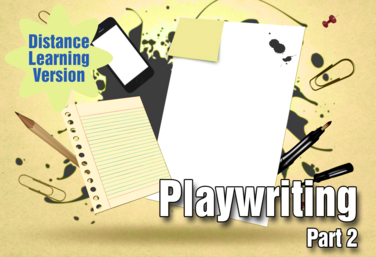
Part of the Distance Learning Curriculum
Playwriting: Part 2
by Lindsay Price

Part of the Production Classroom Units Curriculum
Part Three - Reflection and Assessment
by Karen Loftus
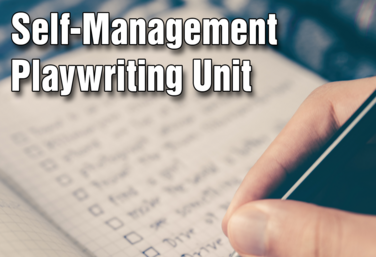
Self-Management Playwriting
by Lindsay Price
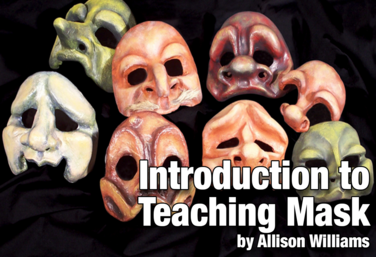
Introduction to Mask
by Allison Williams
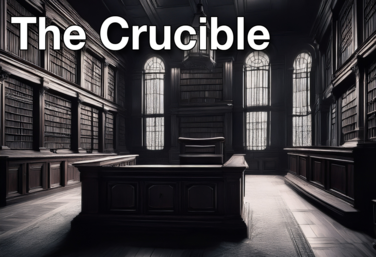
The Crucible Unit
by Lindsay Price

The Top Ten Playwriting Exercises
by Lindsay Price

The Production Classroom
by Karen Loftus
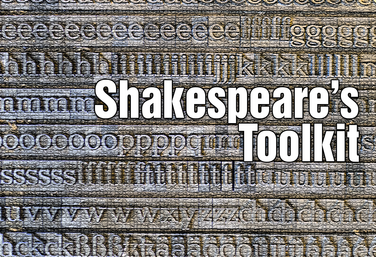.png)
Shakespeare's Toolkit
by Todd Espeland
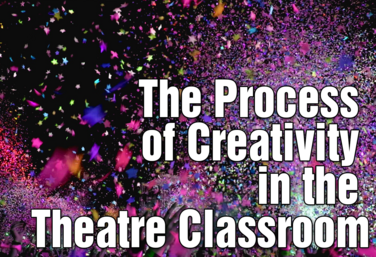
The Process of Creativity in the Theatre Classroom
by Gai Jones
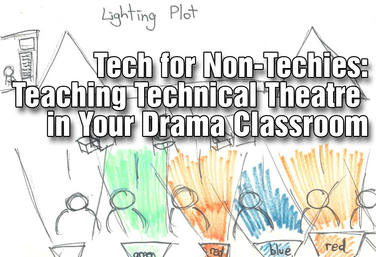
Tech for Non-Techies: Teaching Technical Theatre in Your Drama Classroom
by Josh Hatt
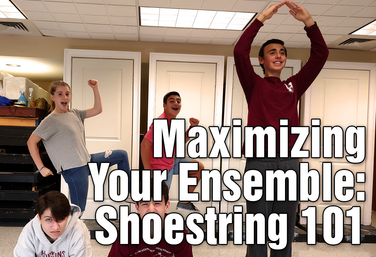
Maximizing Your Ensemble: Shoestring 101
by Michael Calderone
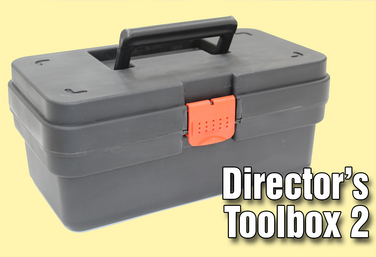
Director's Toolbox 2: Teaching Students to Direct
by James Van Leishout
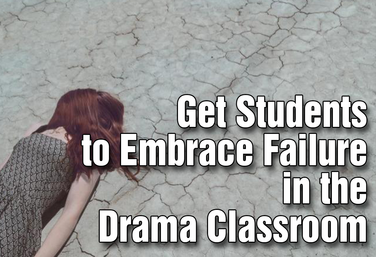
Get Students to Embrace Failure in the Drama Classroom
by Lindsay Price
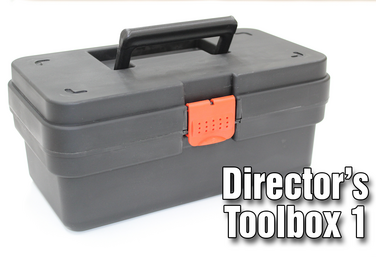
Director's Toolbox 1: Teaching Students to Direct
by James Van Leishout
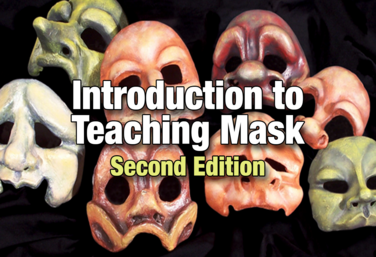
Introduction to Teaching Mask: 2nd Edition
by Allison Williams
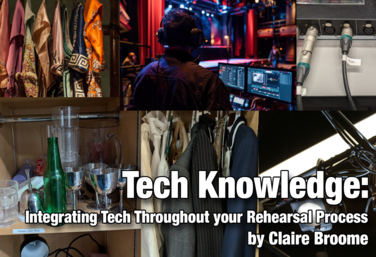
Tech Knowledge: Integrating Tech Throughout Your Rehearsal Process
by Claire Broome
View all Standards for British Columbia (2018) Standards Master List